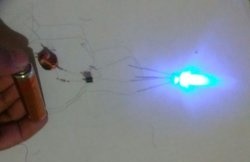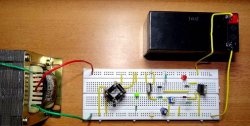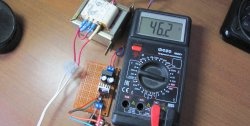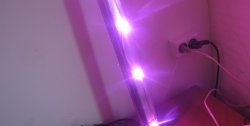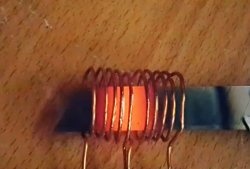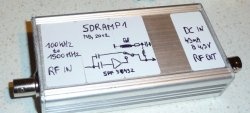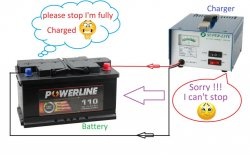I'll show you a way to make a simple driver for a powerful LED from just two components.

For the stabilizer driver we need:
1. Resistor – aliexpress.
2. Microcircuit – LM317 – aliexpress.

LM317 is a stabilizer chip. Great for designing regulated power supplies or power drivers LEDs, as in our case.
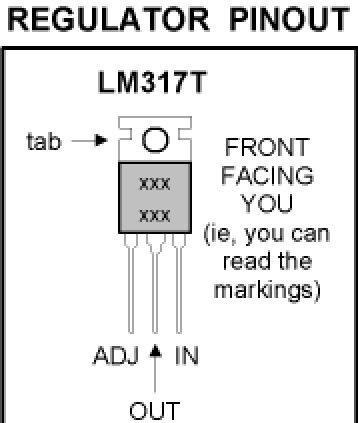
Advantages of LM317
- Voltage stabilization range from 1.7 (including voltage LED – 3 V) up to 37 V. Excellent characteristic for motorists: the brightness will not fluctuate at any speed;
- Output current up to 1.5, you can connect several powerful LEDs;
The stabilizer has a built-in protection system against overheating and short circuit. - The negative power of the LED in the switching circuit is taken from the power source, so when attached to the car body, the number of mounting wires is reduced, and the body can act as a large heat sink for the LED.
Driver circuit for high power LED
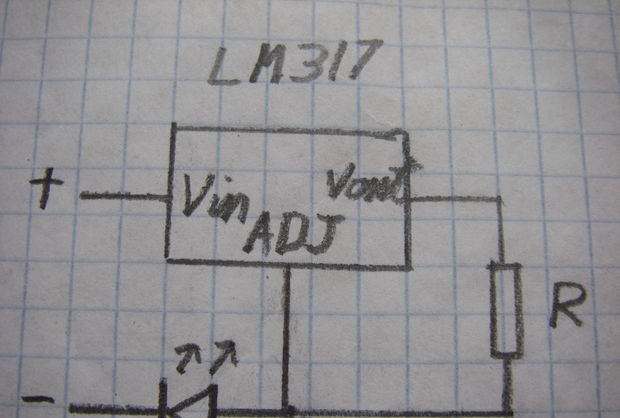
I will connect a 3 Watt LED. As a result, we will need to calculate the resistance for our LED. A 1 W LED consumes 350 mA, and a 3 W LED consumes 700 mA (you can see it in the datasheet). The LM317 microcircuit has a stabilizer reference voltage of 1.25 - this number is constant. It needs to be divided by the current and you get the resistance of the resistor. That is: 1.25 / 0.7 = 1.78 Ohm. We take the current in amperes. We select the closest resistor in terms of resistance, since there are no resistors with a resistance of 1.78. We take 1.8 and assemble the circuit.
If the power of your LED exceeds 1 W, then the chip must be installed on a radiator. In general, LM317 is designed for current up to 1.5.
Our circuit can be powered with voltage from 3 to 37 volts. Agree, a solid range of nutrition is obtained. But the higher the voltage, the more the microcircuit heats up, keep this in mind.

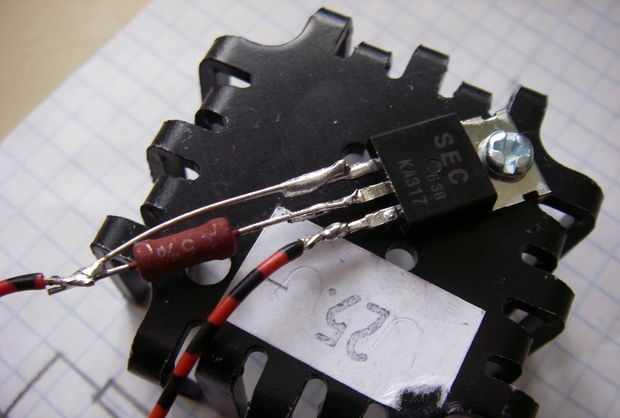

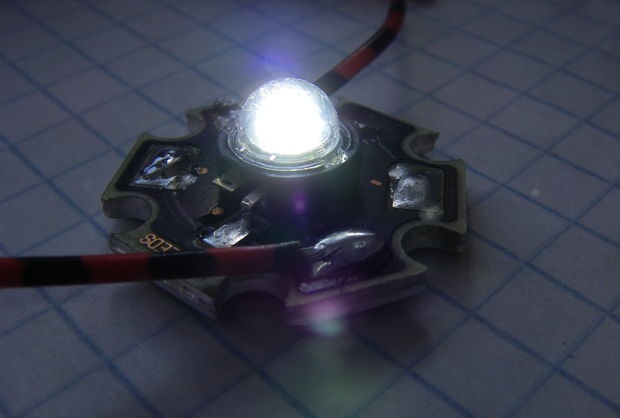
You can include not one powerful LED in the circuit, but, say, two or three. That is, this circuit can power up to 10 powerful LEDs.
On Ali Express you can buy a ready-made stabilizer, with a variable resistor for any current - LM317 linear regulator.
